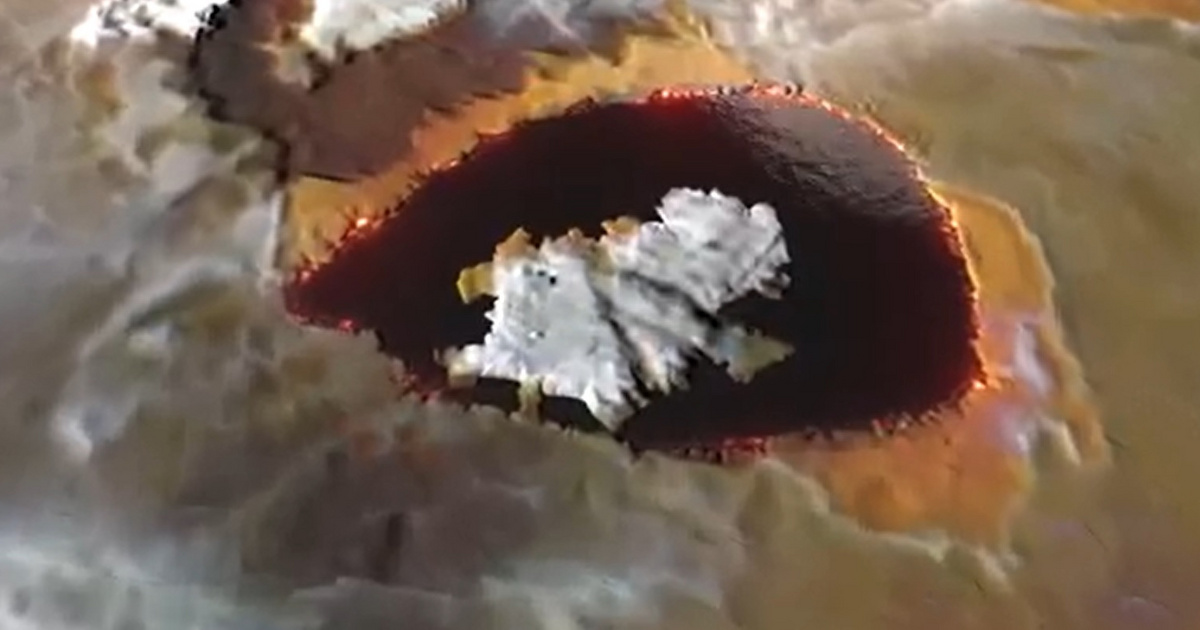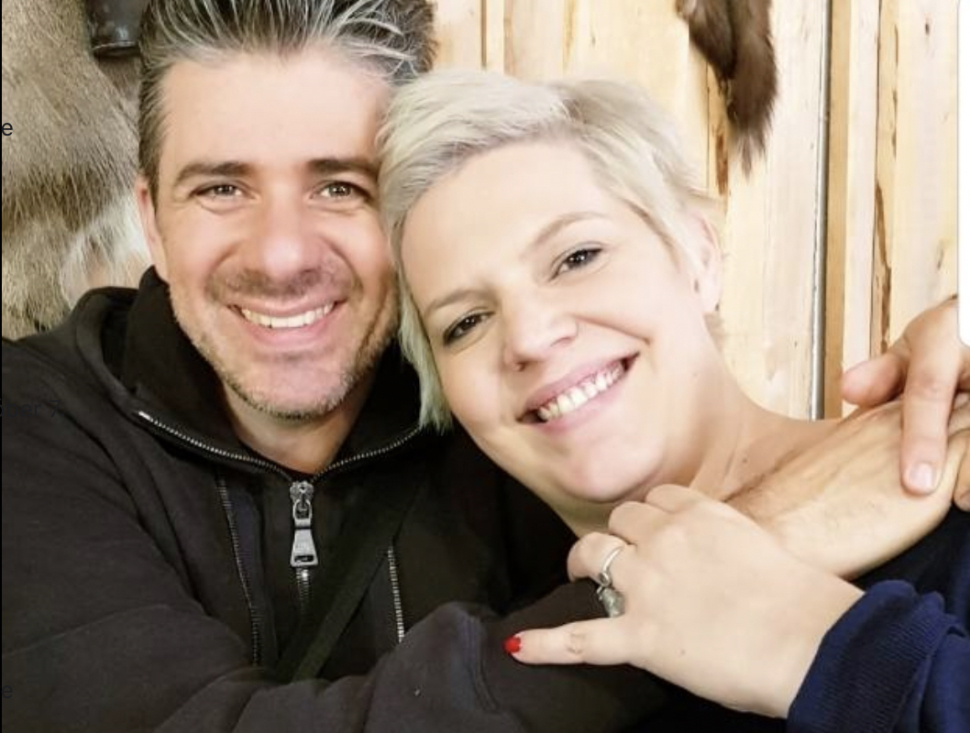Scotland’s wild cat population is on the brink of extinction, as most feral cats are hybrids, according to new research. – draws attention to the BBC Science Journal.
A 5-year project led by NatureScot concluded that there were too few feral cats in the country for a viable population.
Hybridization, disease and habitat loss are major threats.
Biodiversity Minister Lorna Slater said the species’ existence was at risk.
Previous research concluded that the Scottish wildcat is functionally extinct. The latest research is the culmination of Scottish Wild Cat Action, a 2015-2020 collaborative effort to protect the species led by the Scottish nature conservation agency, NatureScot. In a new series of reports, the project team makes recommendations to save the species, including the release of captive-bred feral cats in designated locations and the neutering of hybrid and feral cats, as well as habitat improvement.
The project has been implemented in priority areas, in locations that can be targeted by nature conservation work. They also ran genetic tests on 529 cats, but none of them were considered feral. Almost 118 dead cats were studied, more than half of which died on the roads, but none were proven to be feral. The researchers said they found no contemporary evidence of stray cats from community sightings, camera trap studies, or runaway cats.
Species recovery plan
A project supported by the National Lottery Heritage Trust found that feral cats, feral-cat hybrids, and domestic cats have likely interbred freely for several generations since the 1960s, resulting in what is known as a pack-hybrid situation.
Ms Slater said the Scottish Government was committed to protecting and restoring Scotland’s natural habitats. Reversing the massive natural loss seen recently is one of the specific tasks the country faces.
Dr Roe Campbell of NatureScot said the 5-year project was just the beginning of restoring wild cat numbers in Scotland. The ultimate goal should be to create a feral cat population that does not need further human intervention to ensure its survival. They hope to achieve this by working together.
Last month, the Royal Zoological Society of Scotland allowed captive-bred wild cats to be released from Carnegorms National Park.
Dr Helen Senn, chair of the Royal Zoological Society of Scotland, said this report shows that wild cats are already on the brink of extinction in Britain and that significant work is still needed to ensure the future of the Scottish wildcat.
(Source: BBC: https://www.bbc.com/)









































